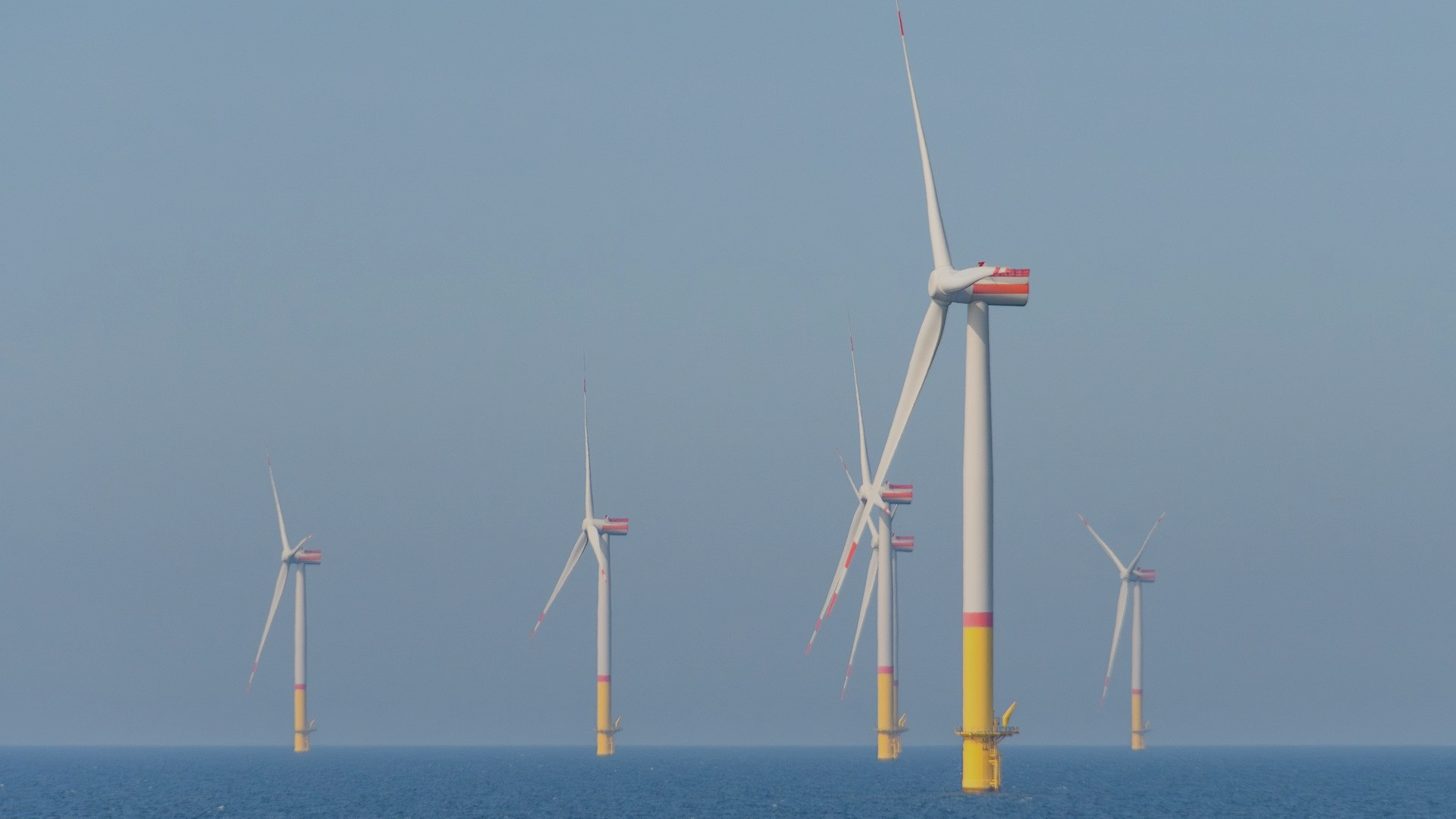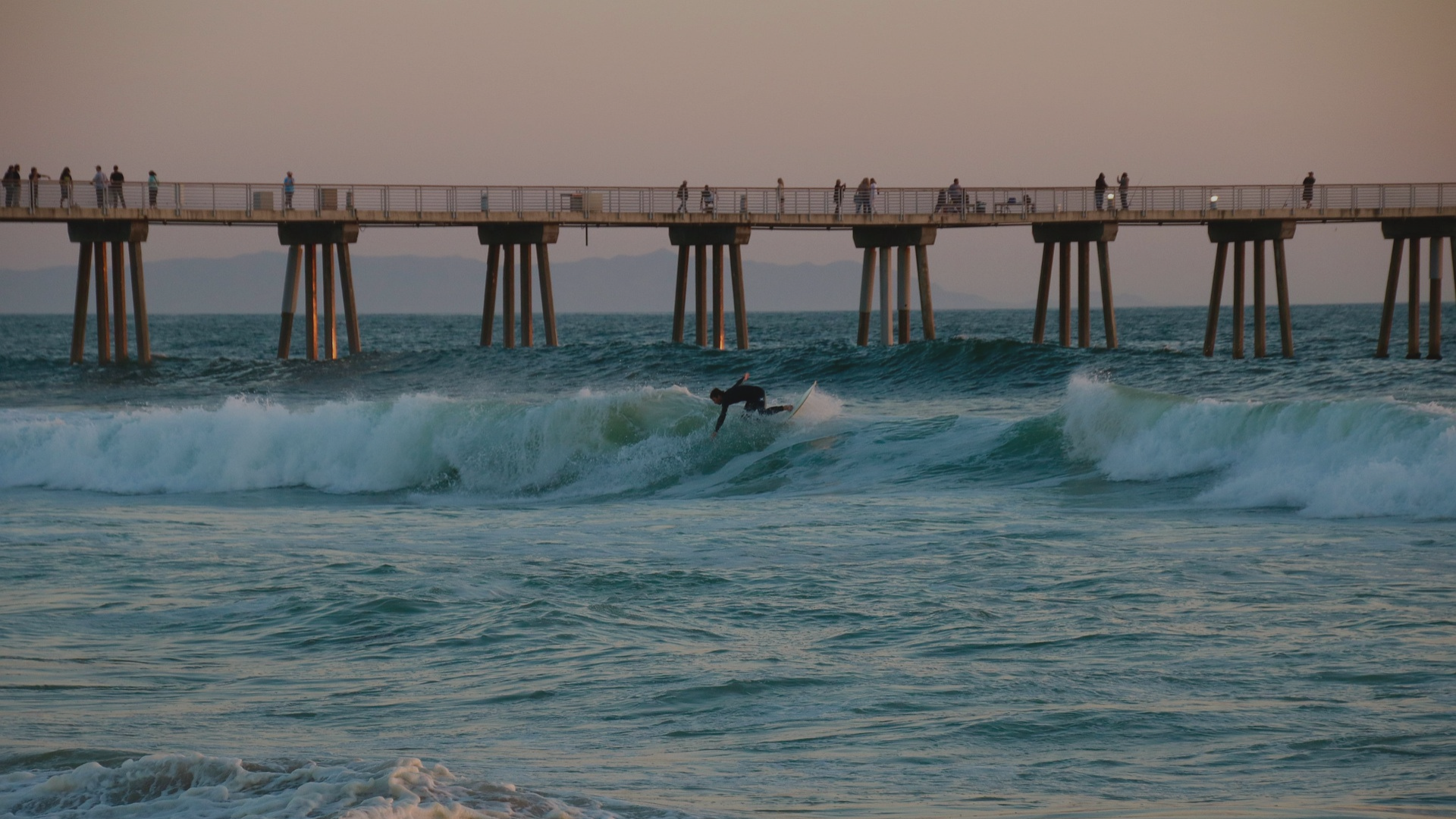OCSLA at the Center of Offshore Wind Disputes
Today, OCSLA’s provisions are being tested in ways its drafters likely never imagined. Offshore wind projects, which rely on the same leasing and permitting structure, are increasingly facing lawsuits citing OCSLA as grounds for reversal. The most prominent example is the Maryland Offshore Wind project, a 2.2-GW development off the coasts of Maryland and Delaware. In August 2025, the Department of the Interior announced it would reevaluate its approval of the project’s construction and operations plan under OCSLA and seek a court remand.
The project has drawn multiple legal challenges. A Delaware property owner argued that the project’s approval violated the Coastal Zone Management Act, while Ocean City officials filed complaints that the approval contradicted OCSLA, the Administrative Procedure Act, and the Marine Mammal Protection Act. In response, Interior acknowledged that reevaluating the COP under OCSLA could render many of these claims moot.
This move is not isolated. Earlier in 2025, the Trump administration halted work on Revolution Wind, a 700-MW project intended to supply Rhode Island and Connecticut, and Empire Wind 1, an 810-MW project off New York. Both cases involved OCSLA-based reviews and stop-work orders. These delays have cost developers millions per week and created uncertainty across the offshore wind sector. Industry analysts warn that frequent invocation of OCSLA in legal disputes undermines investor confidence and jeopardizes the timelines of critical clean energy projects.
Comparisons Between Fossil Fuels and Renewables Under OCSLA
The contrast between how OCSLA applies to oil and gas versus offshore wind is stark. For oil and gas, OCSLA has been a framework that generally enabled development, with litigation focusing on environmental mitigation. The national narrative framed offshore drilling as an energy security necessity, making courts and policymakers more inclined to sustain projects despite challenges.
Offshore wind, however, faces different dynamics. Stakeholder opposition often comes not from national energy security advocates, but from coastal municipalities, property owners, and local interest groups. These parties use OCSLA to argue that federal approvals overstep statutory authority or inadequately account for environmental and coastal impacts. Unlike fossil fuel development, offshore wind is deeply tied to climate and renewable energy policies, which shift dramatically between administrations.
This has created a new legal landscape where OCSLA is being stretched to cover renewable energy projects in ways never envisioned in the 1950s. Offshore wind developers now face an uncertain regulatory environment in which each project could become a test case for OCSLA’s interpretation.







